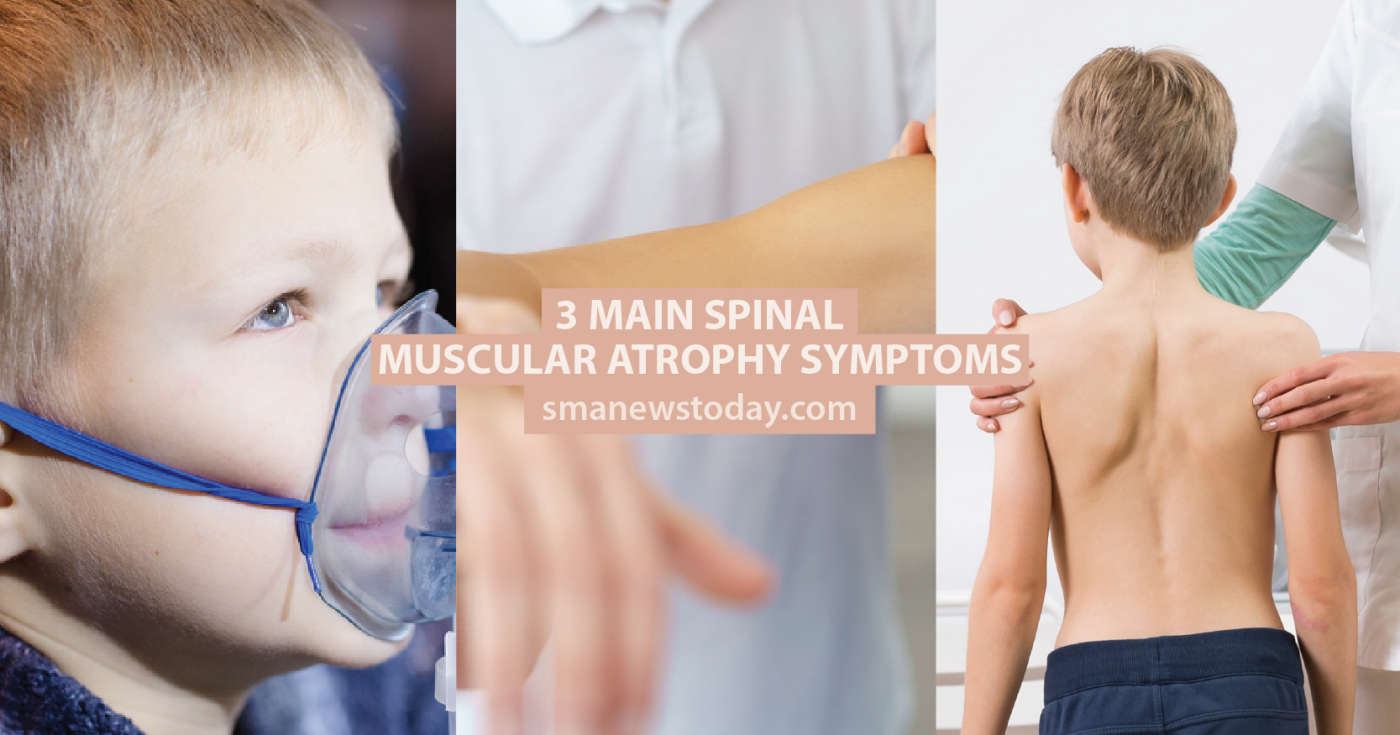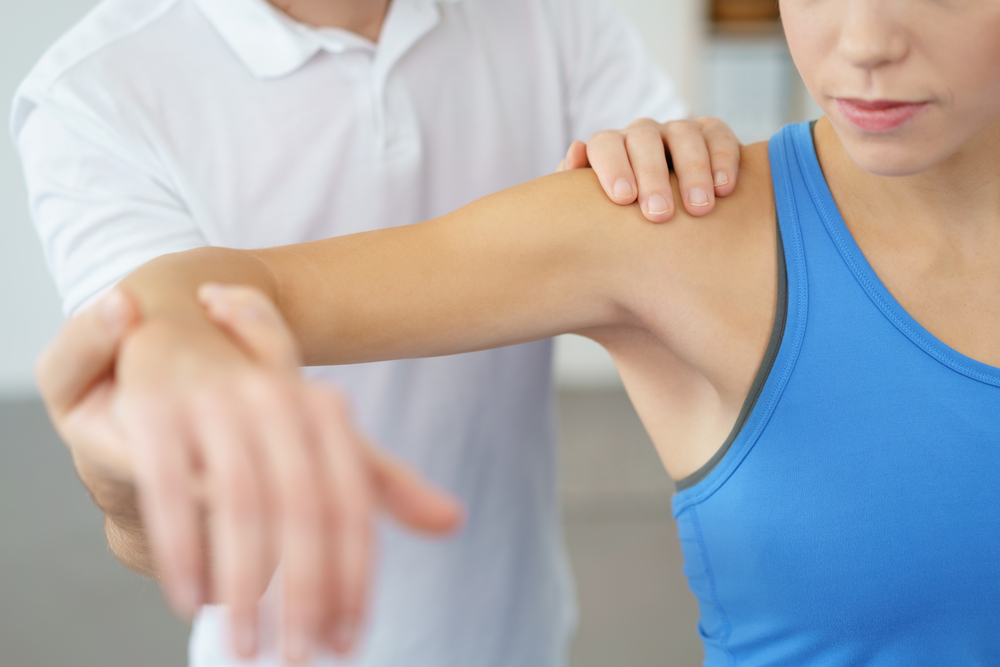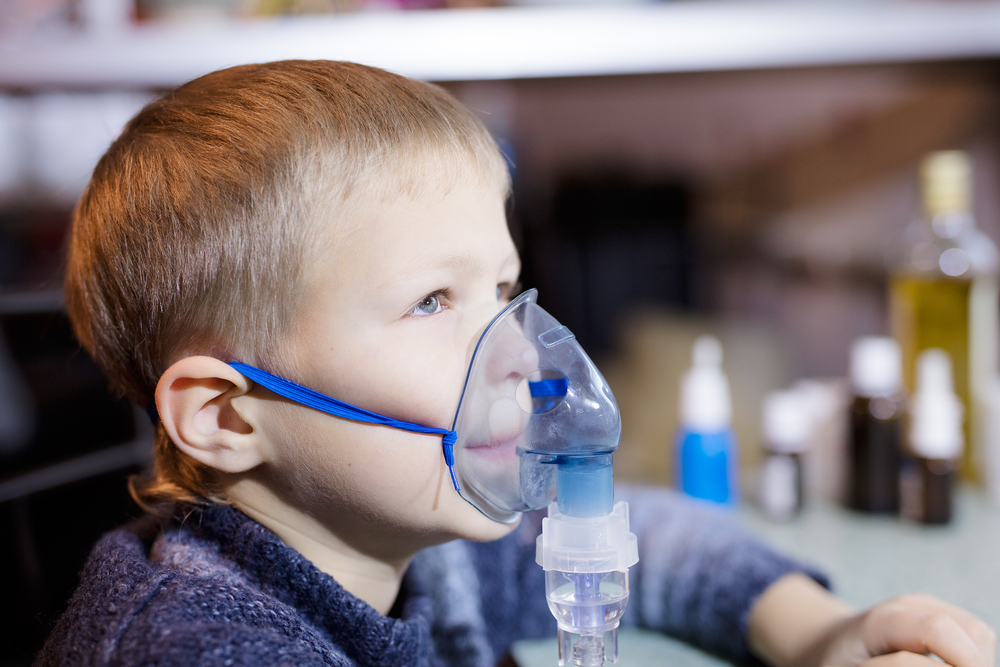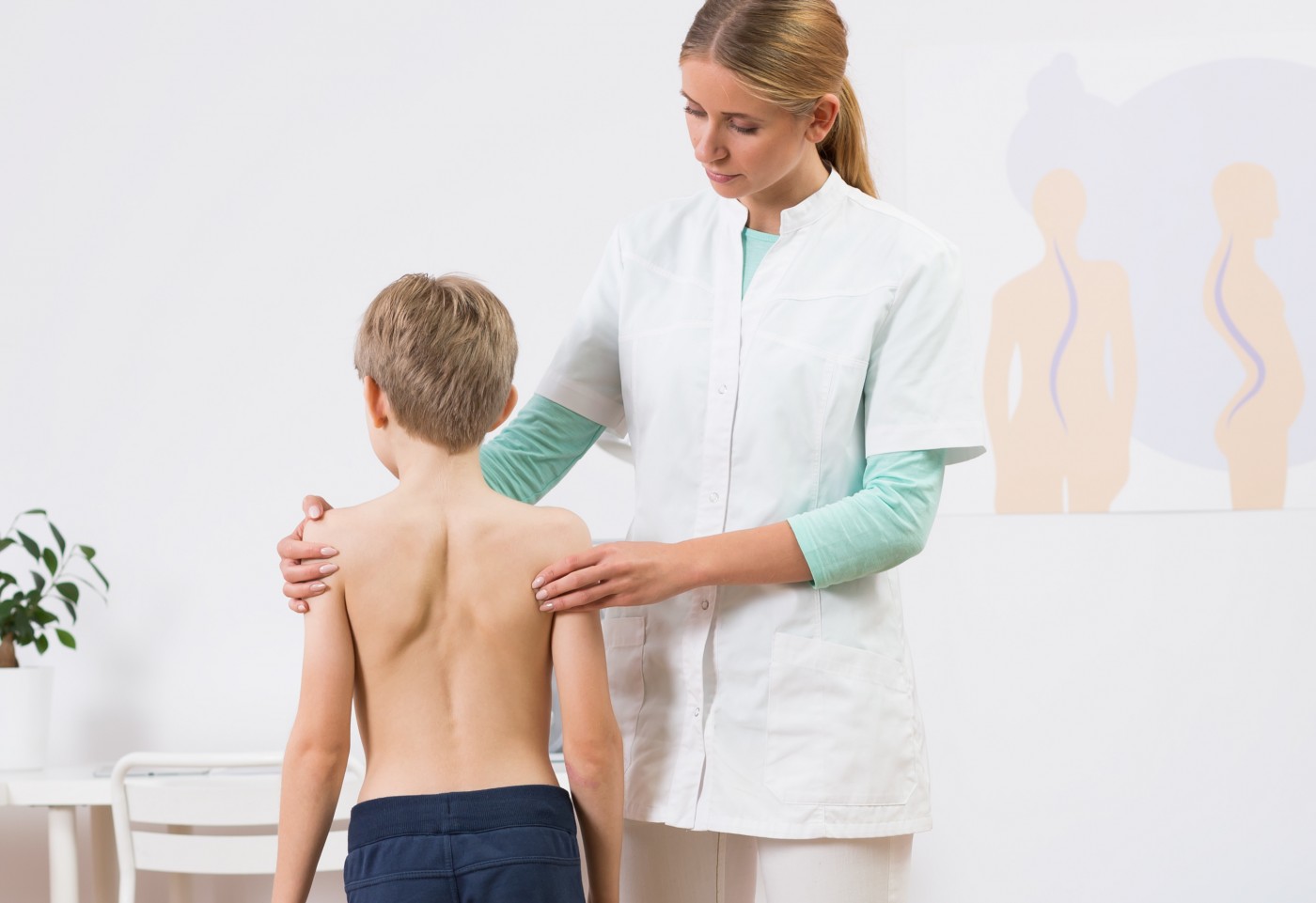3 Main Spinal Muscular Atrophy Symptoms
Written by |

Spinal muscular atrophy (SMA) is a genetic condition which affects a child’s range of movement due to the ongoing degeneration of muscle tone.
There are three main symptoms of the disease, the severity of which will depend upon the type of SMA the patient has: Type 1 presenting the most severe symptoms and Type 4 the least severe.

1. Poor Muscle Tone
Usually noticed in infancy when the child fails to make the usual development milestones, such as rolling over, sitting up, crawling and walking. The muscle tone will continue to waste away over time, with the muscles closest to the center of the body, such as the shoulders, chest and back, being affected more than those in the extremities.
In severe cases, as the muscle deteriorates the child will begin to lose the ability to walk, sit unaided, and eventually move. In types 3 and 4, problems may appear with running and walking, balance, tremors, and twitching in adulthood.
Revised upper limb module should be a better tool to assess muscle weakness. Read more here.

2. Breathing Difficulties
Patients with SMA types 1 and 2 will experience breathing difficulties due to the weak muscles in their chest and abdomens. Most children with type 1 SMA will require breathing assistance through a ventilator and many will need a tracheostomy to help with breathing. Children with type 2 SMA may only need help during the night to regulate their breathing or if they get an infection. Those with types 3 and 4 usually don’t experience breathing difficulties, but some may suffer from sleep apnea and hypoventilation.
Children who have breathing difficulties will also have problems swallowing so will need to be fed directly into the stomach via a tube, and require a suction device to help them get rid of excess saliva.
Read how Cure SMA awarded a $50,000 grant to research into breathing and posture.

3. Curvature of the Spine
Scoliosis or curvature of the spine is a common symptom of spinal muscular atrophy. Usually affecting those who have either type 2 or 3 SMA, the curvature occurs because the muscles in the back are not strong enough to fully support the spine as the child grows.
Scoliosis can be corrected by surgery but before this, wearing a back brace can help keep the spine rigid as the bones grow.
Researchers design exoskeleton for SMA children to help them walk for the first time. Find out more.
SMA News Today is strictly a news and information website about the disease. It does not provide medical advice, diagnosis or treatment. This content is not intended to be a substitute for professional medical advice, diagnosis, or treatment. Always seek the advice of your physician or another qualified health provider with any questions you may have regarding a medical condition. Never disregard professional medical advice or delay in seeking it because of something you have read on this website.






